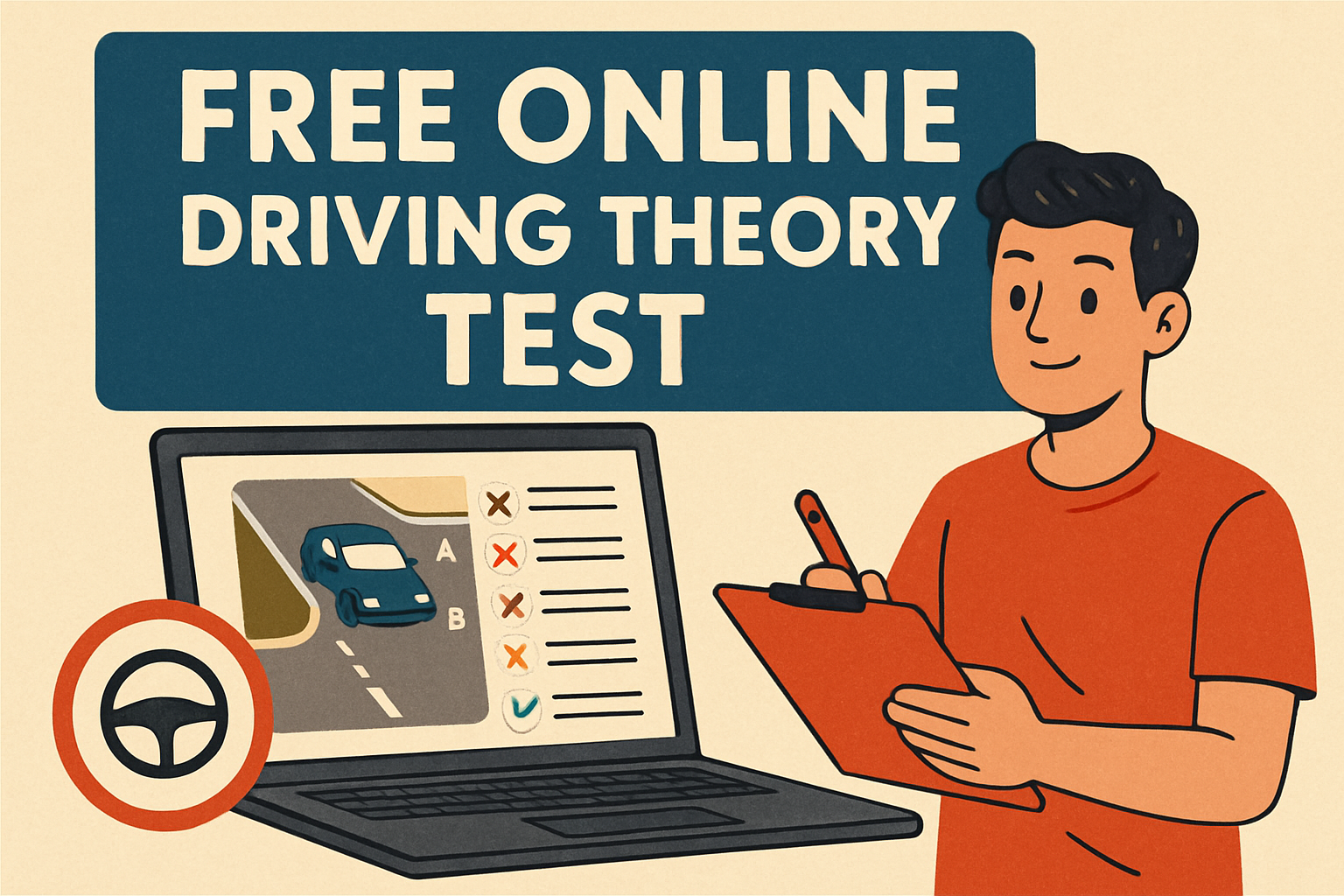Free ADI Band 3 Theory Test
Band 3: Driving Test, Disabilities and the Law
- Covers: DVSA test process, driving law, and disability awareness.
- Why it matters: You’ll guide pupils through the test and support diverse needs.
- Tips: Read DVSA guidelines. Understand test criteria and legal responsibilities of instructors.
